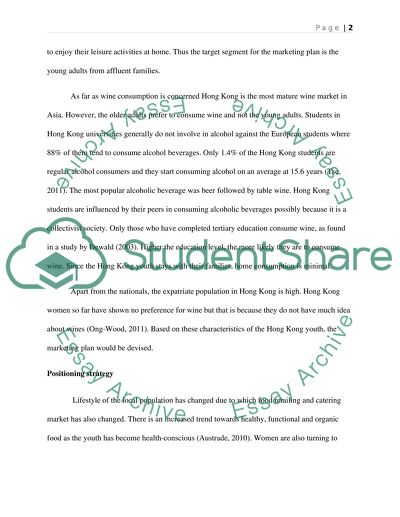Cite this document
(“Marketing an Australian wine to Hong Kong wine market Essay”, n.d.)
Retrieved de https://studentshare.org/marketing/1391278-marketing-an-australian-wine-to-hong-kong-wine
Retrieved de https://studentshare.org/marketing/1391278-marketing-an-australian-wine-to-hong-kong-wine
(Marketing an Australian Wine to Hong Kong Wine Market Essay)
https://studentshare.org/marketing/1391278-marketing-an-australian-wine-to-hong-kong-wine.
https://studentshare.org/marketing/1391278-marketing-an-australian-wine-to-hong-kong-wine.
“Marketing an Australian Wine to Hong Kong Wine Market Essay”, n.d. https://studentshare.org/marketing/1391278-marketing-an-australian-wine-to-hong-kong-wine.


